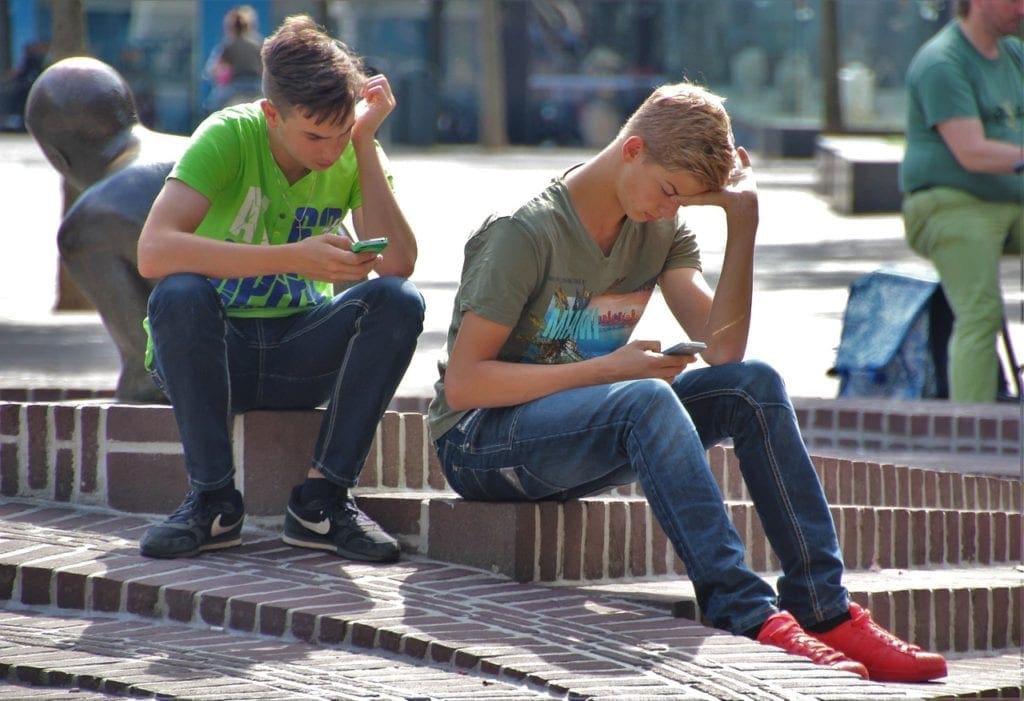Almost a year ago FamVin posted an article “Learning Not to See Homelessness.” It began:
I had never thought that we learn not to see homelessness. I just took it for granted that I would instinctively recognize a homeless person. Three articles really woke me up!
I knew about the growing problem of college students who are homeless. But I was shocked to read that one in 30 High School students experienced homelessness in the last year. “The hidden homelessness among America’s high school students”
According to data released by the Department of Justice, more than 1.7 million teenagers experience homelessness within the United States each year– a number that is considered low given students’ reticence to share details of their living situations.
Homeless students in the United States have been called the “invisible million,” but their ranks have steadily increased
As defined by the McKinney-Vento Act, a homeless student is an individual who lacks a “fixed, regular, and adequate nighttime residence.” This includes students who are sharing accommodations, staying at hotels or sleeping in any public space.
Realities faced by homeless students: Barriers to Academic Success
For too long and for too many students, the issue of homelessness has not received the attention it deserves. This is especially true when considering the dramatic rise of homelessness within K-12 students over the previous decade. This is only going to get much worse as more and more people are losing their home due to the impact of COVID on the economy.
When basic needs such as running water, food, and a bed cannot be met, it stands to reason that academic success suffers. By gaining a better understanding of all the obstacles homeless students face, administrators and educators are better equipped to be an empathetic voice that advocates for them in the classroom and beyond.
- Lack of Shelter, Security and Stability
- Lack of Emotional Support and Belonging
- Lack of Nutrition and Hygiene
Poor Health: Homeless students and their families rarely have quality access to healthcare, and therefore have likely neglected many preventative measures to better their health. Many of these students have never visited a pediatrician or dentist, and are too afraid to tell a physician about their living situation.
Poor Diet: It’s important for children and youth to eat healthy, balanced diets that create healthy immune systems, yet for many homeless students, that scenario is not a possibility. Many of these students have grown up under-nourished, due both to lack of access to food generally and lack of access to healthy food specifically.
Poor Hygiene: When students are living out of cars or storage units, their access to running water is severely limited. This lack of access to facilities that allow them to maintain hygienic practices only adds to the sense of shame and embarrassment that uproots their emotional health.
Learning Not To See Homelessness

Could you tell if this student was homeless?





0 Comments